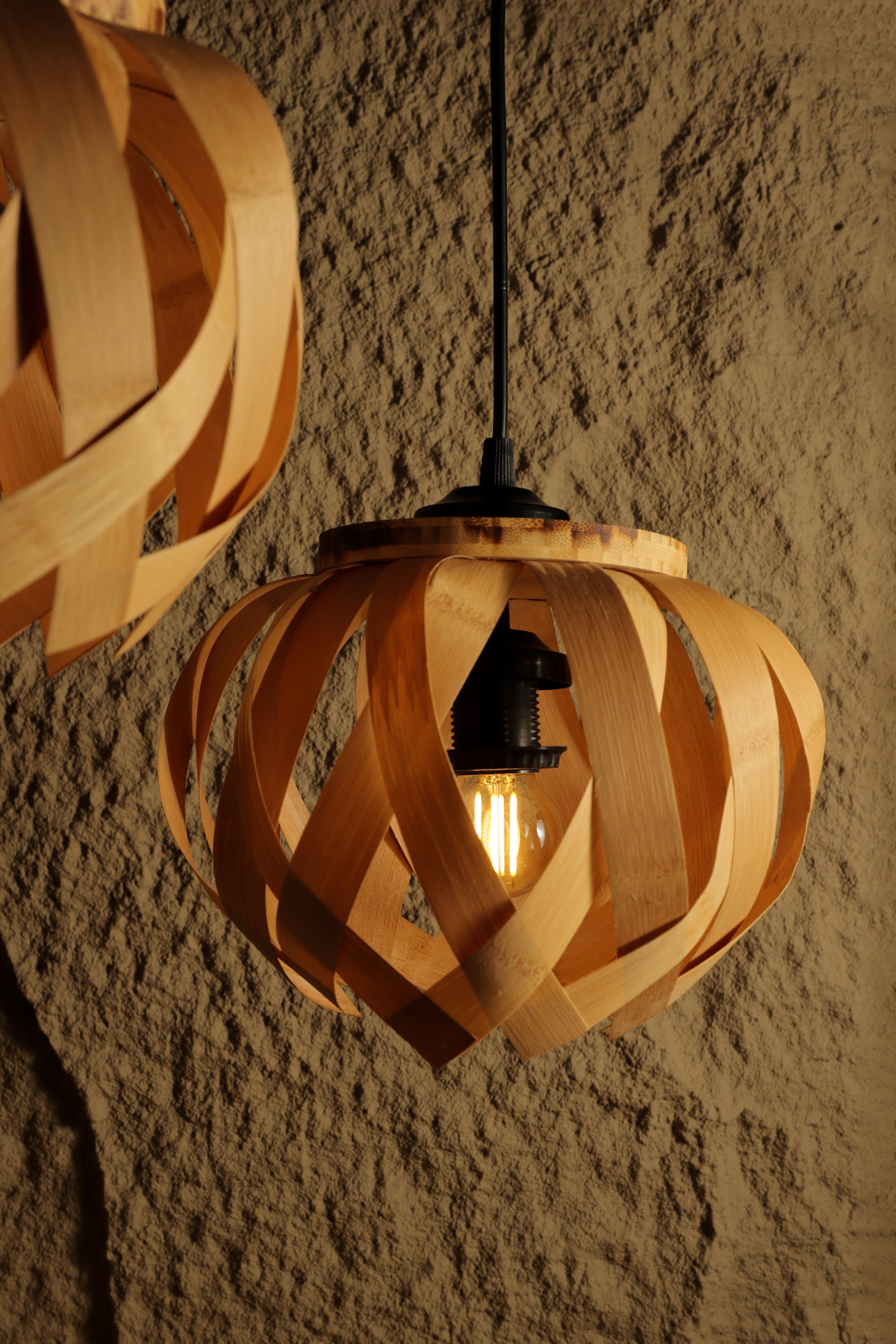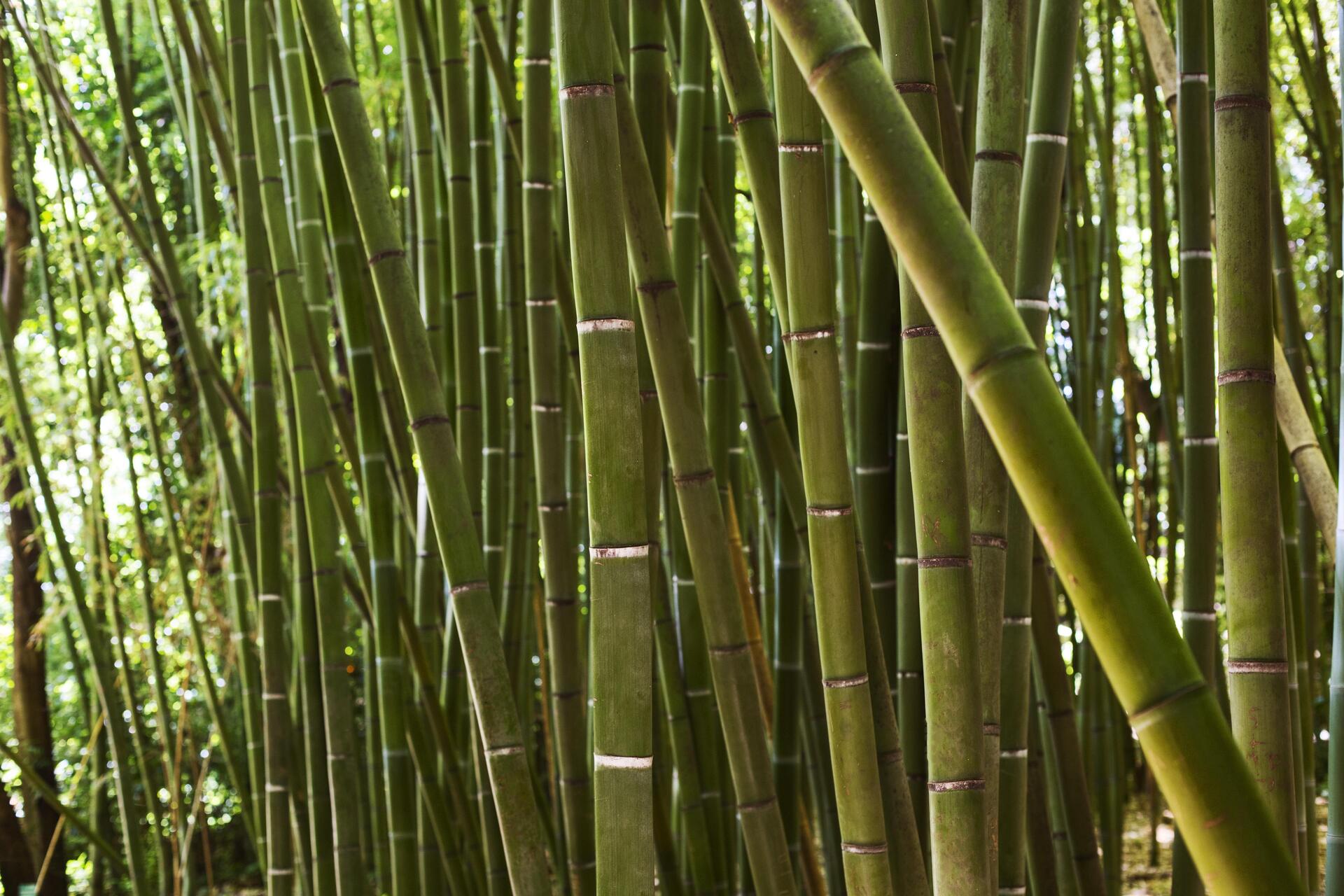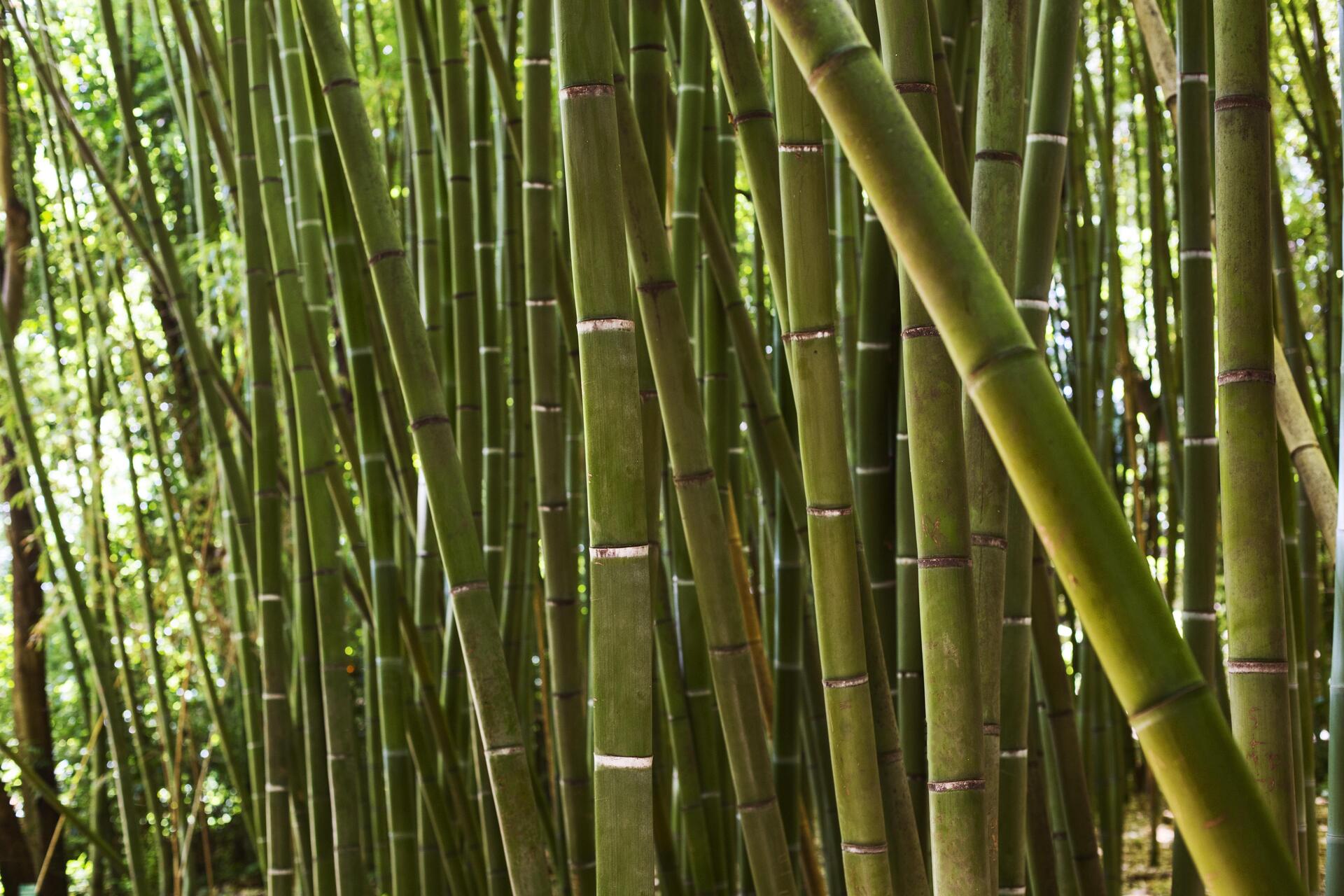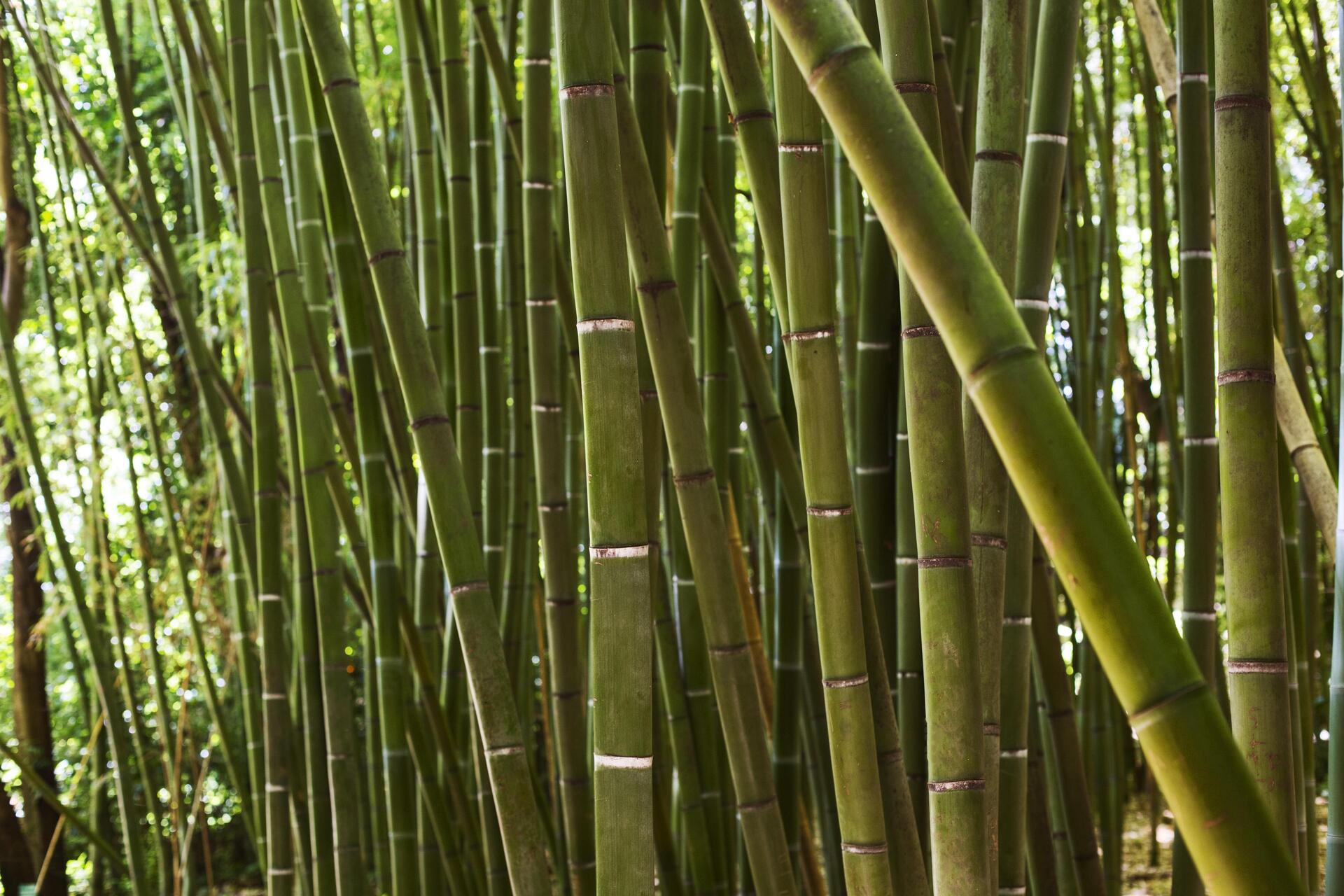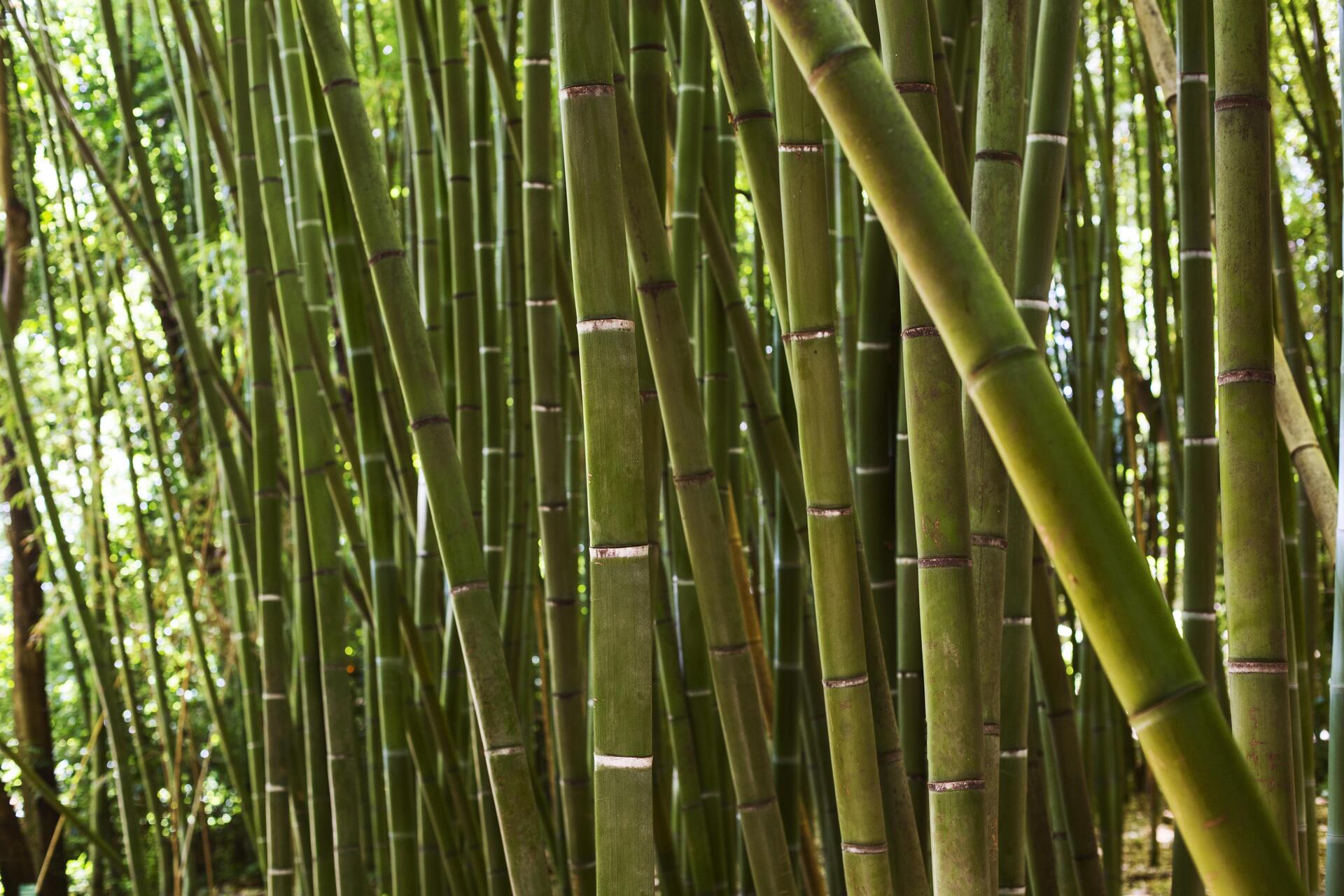Bamboo has captivated cultures worldwide for millennia. Its remarkable versatility transcends mere materiality, weaving itself into the very fabric of societies. From Southeast Asian scaffolding to South American musical instruments, bamboo embodies a rich tapestry of traditions. But beyond its cultural significance, bamboo presents a compelling economic proposition in the face of mounting environmental concerns. This article delves into the economic feasibility of Bamboostan products, exploring their construction costs, maintenance requirements, and potential for long-term cost savings compared to traditional building materials.
Cultural Significance of Bamboo
Across continents, bamboo has served as a cornerstone of cultural expression. In Asia, it features prominently in construction, furniture, and everyday objects. Southeast Asian countries like Vietnam and Thailand utilise bamboo for scaffolding and housing, while China boasts a long history of bamboo papermaking. Latin America has its own unique relationship with bamboo, employing it in musical instruments like panpipes and wind instruments. Even Africa has embraced bamboo, using it for construction, tools, and utensils. This cultural ubiquity highlights bamboo's inherent strength, flexibility, and beauty, making it a natural choice for various purposes.
Economic Feasibility of Bamboostan Products
Bamboostan products offer a promising alternative to traditional building materials like steel, concrete, and brick. Let's analyse their economic viability through key factors:
- Construction Costs: While initial processing costs for Bamboostan products might be comparable to traditional materials, their inherent lightweight nature translates to faster construction times and lower labour costs. Additionally, bamboo's modularity allows for prefabrication, further streamlining the construction process.
- Maintenance Requirements: Bamboostan products, when treated properly, can boast exceptional durability. Unlike steel, which is susceptible to rust, or concrete, which can crack, bamboo requires minimal maintenance if treated with preservatives or coated with a protective layer. This translates to significant long-term cost savings.
- Long-Term Cost Savings: The rapid growth rate of bamboo makes it a renewable resource, reducing dependence on finite materials like mined stone or processed steel. Additionally, bamboo's energy efficiency during construction and its natural insulating properties can lead to lower energy bills throughout a building's lifespan.
Balancing Sustainability with Economic Viability
Bamboostan products offer a unique opportunity to achieve a balance between economic viability and environmental sustainability. Their competitive construction costs, coupled with low maintenance requirements and long-term energy savings, make them an attractive proposition. By embracing bamboo, we can foster a more sustainable construction industry without compromising economic feasibility.
Conclusion
Bamboo's cultural significance transcends its physical properties. As we strive for a more sustainable future, Bamboostan products offer a compelling economic alternative. By embracing bamboo, we can weave a future that is not only culturally rich but also economically sound and environmentally responsible.
